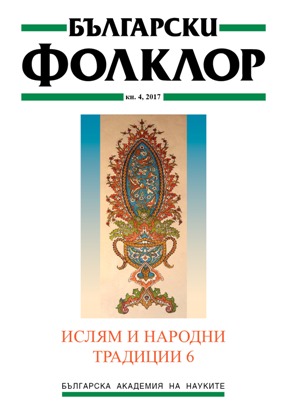
We kindly inform you that, as long as the subject affiliation of our 300.000+ articles is in progress, you might get unsufficient or no results on your third level or second level search. In this case, please broaden your search criteria.

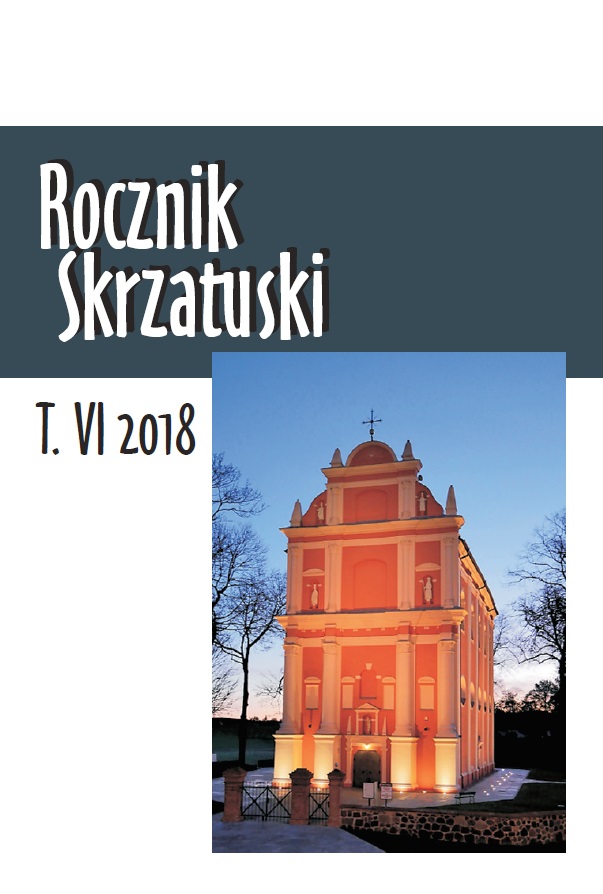
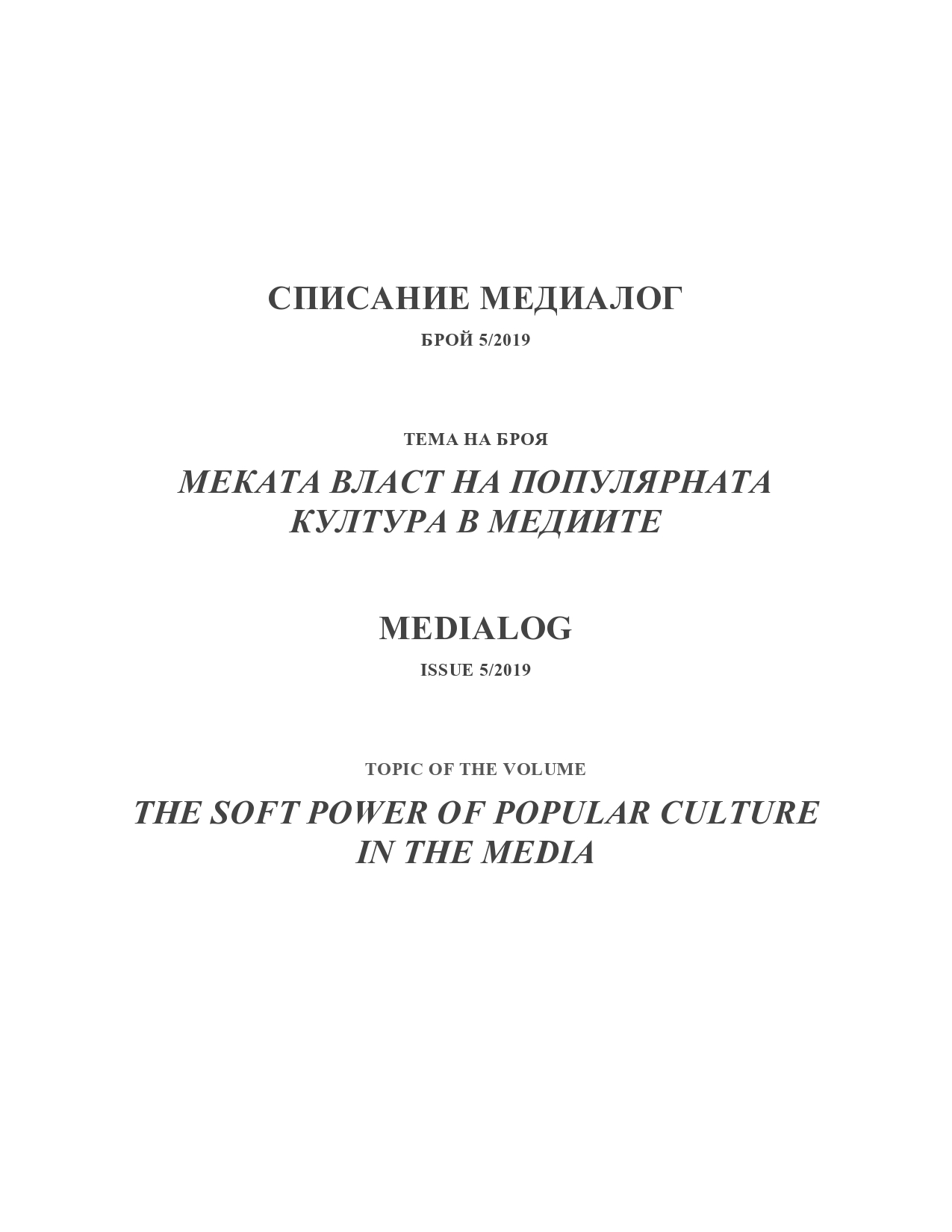
12th Central and Eastern European Communication and Media Conference (CEECOM 2019), from 19th to 21st June, 2019. The focus of CEECOM 2019 was the strategic and practical aspects of managing communications, thus establishing a wide interdisciplinary foundation for works in the field of communication, media studies and political sciences. The aim of organizations was to bring together a number of scholars with diverse backgrounds to exchange ideas regarding the present and the future of communication endeavors.
More...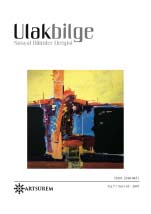
The roots of "surveillance", one of the most important tools of the governments for centuries, date back to very old times. Its major impacts, however, have begun to be deeply felt in modern times. Parallel to the development of nationstates and large-scale bureaucratic organizations in particular, surveillance has also become widespread. In the twentyfirst century, contemporary metropolises are exposed to a constant visual electronic surveillance under the name of security and public safety. In this context, we all are now constantly being watched in public spaces by invisible audiences behind MOBESE cameras. The basis of this system which proposes the control of society by force is based on Jeremy Bentham's Panopticon design. Today, Bentham's eighteenth-century design, Panopticon, is now intertwined with urban scales and replaced with electronic surveillance cameras. The surveillance towers and guards at Panopticon correspond to the central control rooms and the cameras, respectively. The ordinary citizen is being watched through cameras by invisible guards; but the observers are made invisible. Artists have responded to the aspirations of public surveillance by means of their works of art as well. In this article surveillance that's changed gradually in terms of physically and dimensionally which has all the way changed our physical and social life up to the present time, and the aspects are analyzed along with the related works of selected examples of arts so far.
More...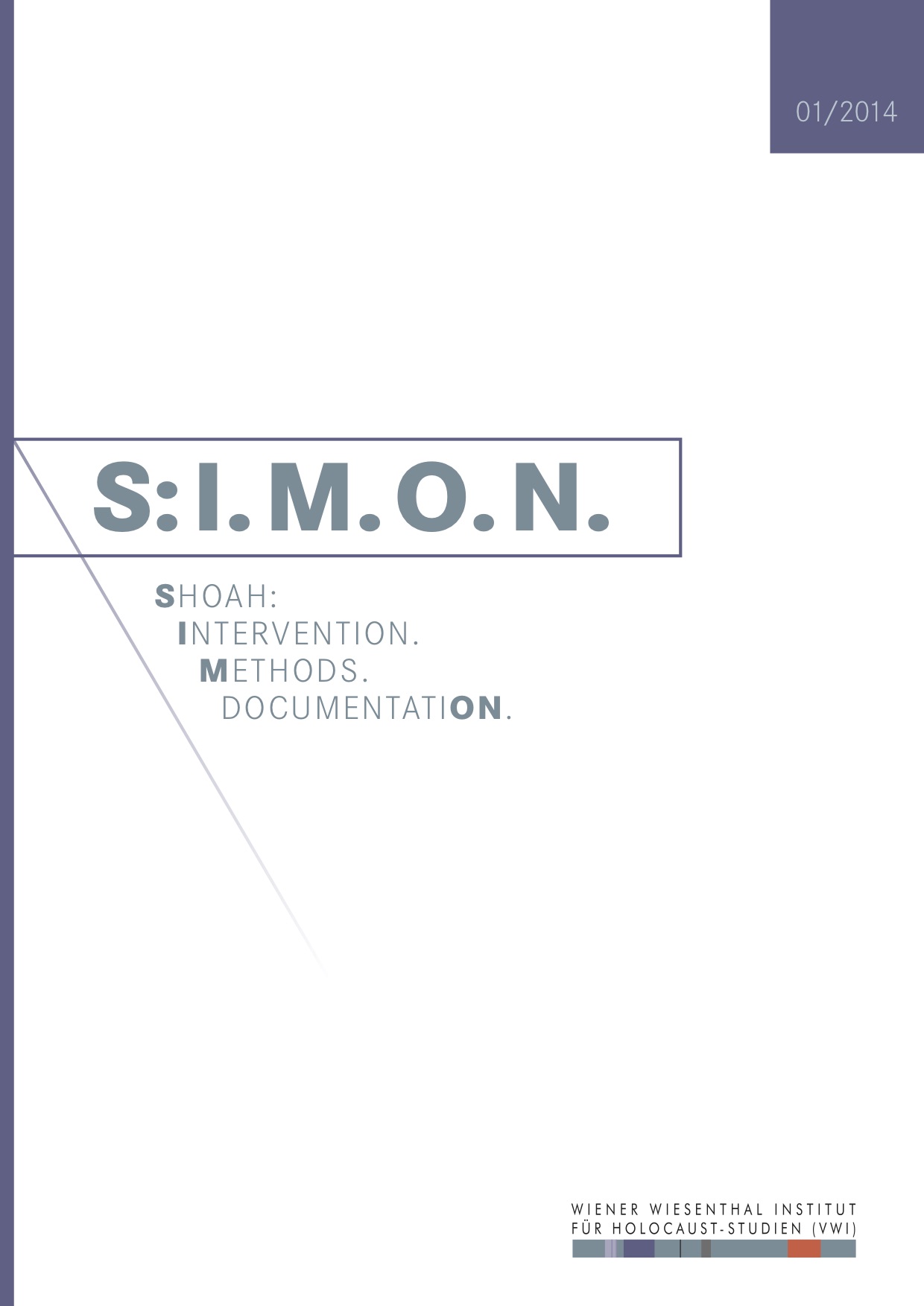
Czernowitz was the Habsburg Empire’s „Vienna of the East“; it had a lively German-speaking Jewish community, almost all of whom were persecuted or murdered during the time of the Second World War. Yet the memory of Cernowitz lives on, passed on as it is by survivors and their descendants „like a wonderful present“ and a „relentless curse“, as noted by Aharon Appelfeld. We find evidence of old Cernowitz in historical reports, memoirs, documents and literary works. These include impressive contributions by Cernowitz-born writers. In their lecture, Marianne Hirsch and Leo Spitzer focussed primarily on materials from family albums and collections in order to tap into the world of Jewish Cernowitz before its destruction. In particular, they analysed street photographs depicting daily life which had been taken on the city’s streets before the Second World War and during the occupation by Romanian fascists and their allies from Nazi Germany. What do these ordinary and apparently opaque images tell us about the rich and diverse past? We were astonished to discover that they tell and show us a lot in that they reveal both more and less than we had expected.
More...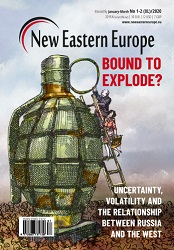
The Donbas conflict has been taking place for over five years now. Some significant steps have been achieved since the implementation of the 2015 Minsk Agreements, and with it the official war might have reached an end. Yet, peace remains elusive.
More...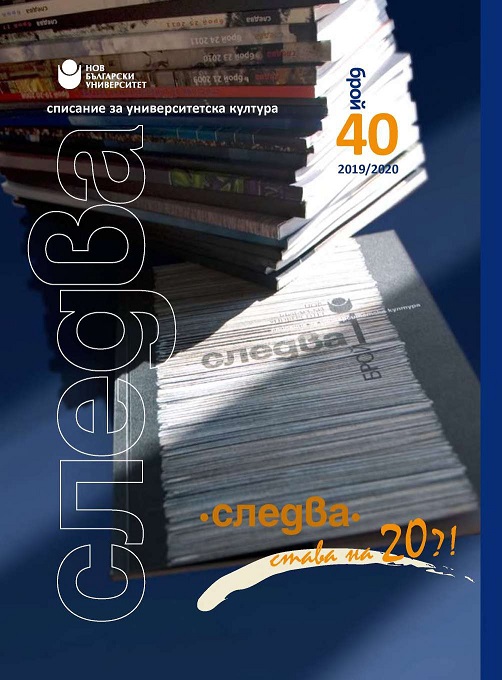
This article explores the general content of printed advertisement, its elements and their interaction. By making a brief presentation of the different elements involved in print advertising, the research attempts at presenting and summarizing the role in advertising of illustrations and photographic images in particular. The study will also try to give a clear answer to the question concerning the quantity of photographic images compared to other types of illustrations, drawings, collages or computer generated images in Bulgarian print advertising during the period 2000-2017.
More...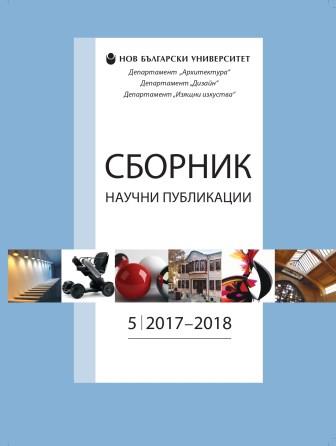
The research explores the interoperability and information exchange between 3D photogrammetric survey software and Building Information Modelling (BIM) software. It is based on a case study of a real traditional Bulgarian house. It proposes a proven and reliable workflow for data transfer for use in the practice of digital documentation and preservation of cultural and historical heritage.
More...
Industrial buildings, factory buildings, production complexes ... all these facilities are most often associated negatively, еspecially in our country. These terms have a similar or identical meaning, and for a large part of the society, including a certain part of the architectural community, they are bound mainly by the complicated, even ‘scaring’ image of the production process, the huge machines and facilities, and the large, rough buildings that shelter them. Particularly strong emotions (negative or positive) cause the deserted buildings arisen as a reflection of the Industrial Revolution onto Bulgaria dating back to the late nineteenth and early twentieth century. For some people – a small community with a strange interest in abandoned buildings called ‘urban explorers’ – these empty buildings are causing the thrill of an extreme experience, for other people – a perfect action movies setting... But for the guardians of our cultural heritage and for those who are addicted to the beauty of industrial architecture these buildings are giving rise to fascination and excitement of the spaces that these large industrial shelters reveal. At the same time their pitiful state is causing anxiety.
More...
There is a separate segment in 3D computer graphics called product visualization. In general, product visualization includes various activities, such as modeling, animation, lighting, prototyping and shape analysis, technical drawings and sketches, as well as product documentation. This type of visualization has been used a lot lately, especially in the presentation of new electronic products, food, household goods, print advertising, billboards, websites, video networks, television. It turns out that it is much more convenient, and also more cost-effective, to recreate a product in 3D and then visualize it realistically. This gives much more freedom in recreating different, in many cases impossible in reality situations, related to the presented object - for example, levitation, morphing between different forms and other similar special effects. Three-dimensional visualization allows instant change of materials, backgrounds, use of many and varied cameras to recreate different points of view of an object. In many cases, the visualization of a particular product precedes its physical creation. This allows the manufacturer to detect possible defects in it and improve its product on time.This article aims to acquaint the reader with the methods of lighting and composition of product design visualization used in classical photography, and to compare them with the ways of reproducing reality in the three-dimensional software for realistic visualization 3D Studio MAX, as well as to give guidelines for proper sequence of actions in creating a virtual photo studio, by explanation of the main factors for quality and realistic reproduction of three-dimensional product design.
More...
This article aims to present the work of some of the most successful contemporary fashion illustrators. An attempt has been made to analyze graphic techniques and digital means of expression in the design of a fashion sketch. Current works of world-famous authors are presented, which define the new trends in fashion illustration.
More...
Speaking about the phenomenon of abstract art, we often credit the merits of the first "founder" or "pioneer" in this genre to Vasily Kandinsky. Being one of the earliest artists who used the term "abstract" in the period of development of fine arts, Kandinsky is an artist - theoretician who recreated the Renaissance idea of feeling, the vital, the terrestrial and self-knowledge in his works - distinctive and innovative for the period. Noting the foundations of perception of the abstract and spatial structures, Kandinsky wrote the book "On the Spiritual in Art. Point and line to plane" It will not be a mistake to say that he was the first "pure" artist, who had entirely focused his work on cleansing and simplifying images to the plane, depriving himself of the image due to his belief that excessive specificity prevented his paintings and self-expression. In his theories, Kandinsky offered to the general public a summary of the way in which the work of art is created and put it in the frame of visual composition consisting of two basic elements - the inner - emotional and the outer - accessible element.
More...
In the time we live in, music is a cult. The musical style brings with it not only the worldview, but also the whole lifestyle of its listeners. Very often walking on the streets we can see girls with Rihanna's hair or boys dressed as Justin Bieber. But this is by no means a novelty or a fashion - the music that is listened to reflects on the appearance. The Beatles and the Rolling Stones, considered to be one of the symbols of the 60's and recognized as the most innovative and popular performers in the history of pop music, are considered to be one of the first major music waves to flood in and create their own style. As a period, the time in which the two bands quickly gained popularity coincided with the mass distribution of television. The performers quickly imposed their own lifestyle, behavior and dress, supporting the idea of avant-garde music of their time
More...
Regarding the scientific aspect of the anatomical drawing, when it does not correspond to the actual authenticity (anatomical truth), the author considers that such an illustration in itself has no didactic value. In this case, the creative (artistic) aspect is not essential. Even if the drawing has high artistic qualities, they are not able to compensate for the lack of scientific fact. To the extent that a wrong word in the text may confuse readers with insufficient experience and knowledge in plastic or medical anatomy, undoubtedly the same (even to a greater degree) applies to the wrong anatomical drawing.
More...
The article shows examples of paintings by Botticelli, Frans Hals and Delacroix, representatives of different eras and styles in the fine arts, in which the authors have made similar inconsistencies. Regardless of the reasons that led to these discrepancies in the spatial positioning of the longitudinal axes of the eyes, this in no way affects the aesthetic appearance, nor does it take away from the beauty of the works of the three world-famous artists.We cannot be sure of the reasons why the artist makes mistakes of this nature - and not once, but we must admit that in other cases he follows the rules of anatomically correct construction of the head.However, it turns out from art history that there are other examples of world-famous artists who make positional-spatial errors of the same nature in their works.
More...
Children and future generations are the reason for creating an awareness of history’s good and bad lessons. They are the meaning for the specialist’s efforts in different areas in pursuit for a better future. One of the major objectives of the sustainable design is also the care for the children and their benefit. In the children of today lies the hope that they would succeed in bringing the positive that was started from an ecological point of view by rethinking and changing to working models and tangible results.
More...
The article presents different ways of dealing with the subject of the body and corporeality in the humanities, which can form the epistemiological and axiological basis in a reflection on the psycho- and physiotherapeutic relationship with patients, and confronts them with the results of two qualitative studies based on the grounded theory concerning exploration by women of their own body and experiencing their own corporeality, intimacy and touch in medical relations. The author shows that phenomenological philosophy, taking into account the concepts of “carnal self” and “presence of the embodied” that human knowledge always has a carnal character, is the most adequate for use in analyses regarding therapeutic interactions related to the body. Analysis of qualitative research on the process of realising your own corporeality in the cognitive-emotional dimension in the relationship with oneself and in the therapeutic relationship fully confirms the legitimacy of applying the grounded theory method in the study of phenomena regarding carnality and such values as gratitude, mindfulness, care, efficiency and autonomy emerge.
More...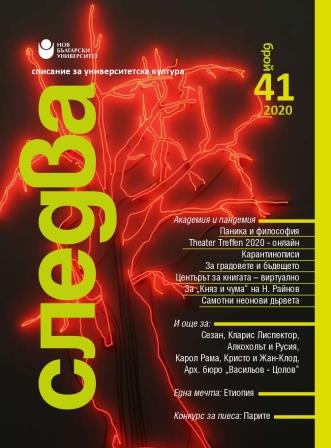
The author’s exhibition In Front of Me is a visual symbiosis of two themes: two crises intertwined in the human behavior – the ecological one and the social one borne by the pandemic situation that turns into a deeper existential crisis and questioning of the human. The trees represented in large-scale paintings are not a forest but rather some singular entities, bare-stripped crowns strenuously cut into a gloomy sky.
More...
After a short survey of influences of German architecture on the formation of Bulgarianarchitectural scene after the Liberation (1878), the paper focuses on the interwarperiod known for its architectural practices, consisting of two leading architects. Theinfluence of the modernist movements from this period on the classical architectureof the state and public buildings in Bulgaria is traced through the history of Vasilyov- Tsolov Architectural Bureau, its formation and philosophy. The article presents fourexamples of their significant projects, which are the pinnacle of their careers andlargely shape the urban look of Sofia city center, having become its symbols, namely:St. Nedelya Church, Sofia University Library, the National Library, and BulgarianNational Bank.
More...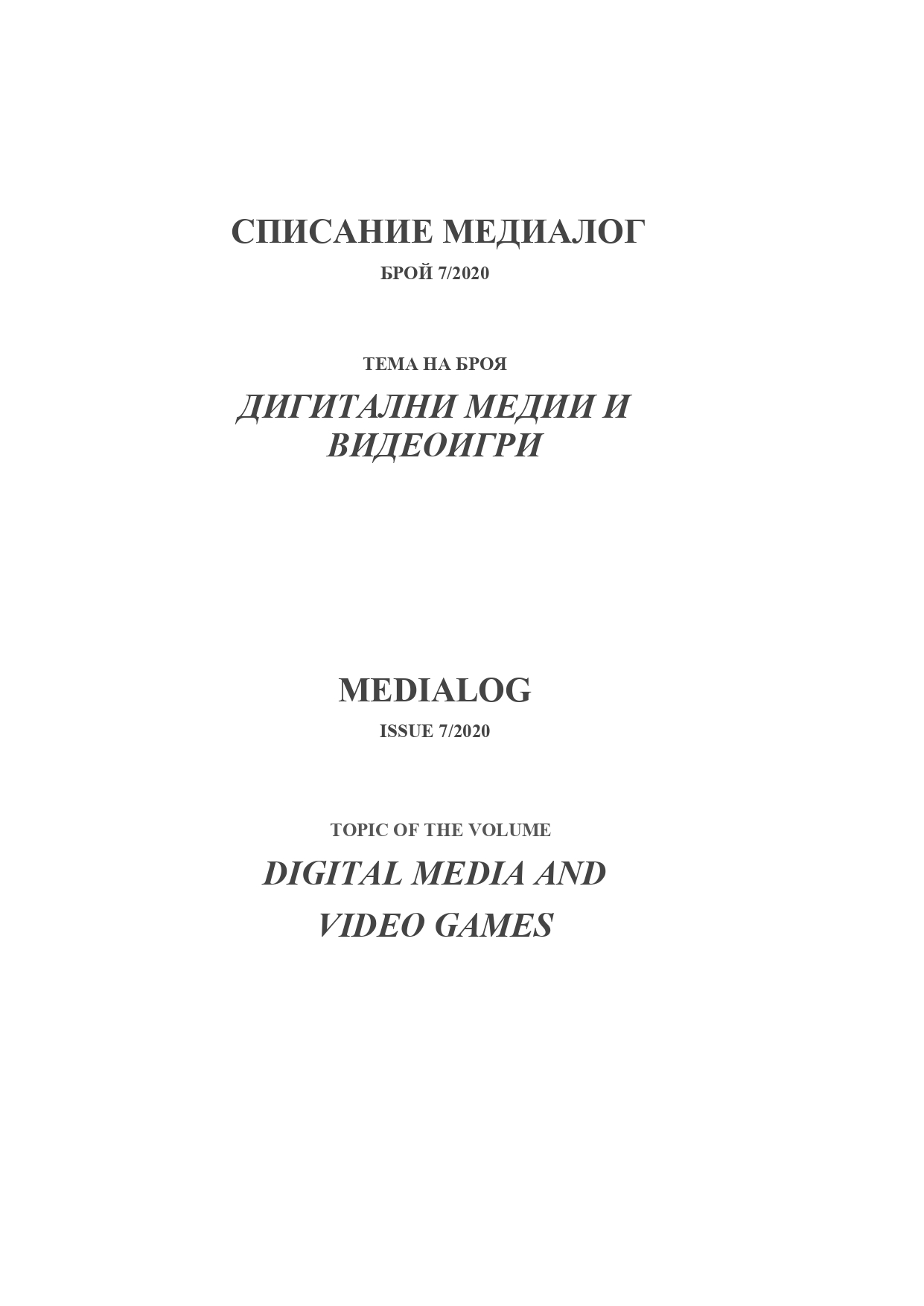
The article introduces the adventure videogame, it’s features and sub-genres. The focus is on the narrative and how it’s change over the years. Seven video games, published between 2000-2019, were analyzed through a single matrix. The various narrative structures and their influence on storytelling are analyzed. In the last part an object of attention are the hybrid genre of action-adventure videogames and it’s spread in various media. The text is part of a thesis successfully defended at FJMC in 2019
More...